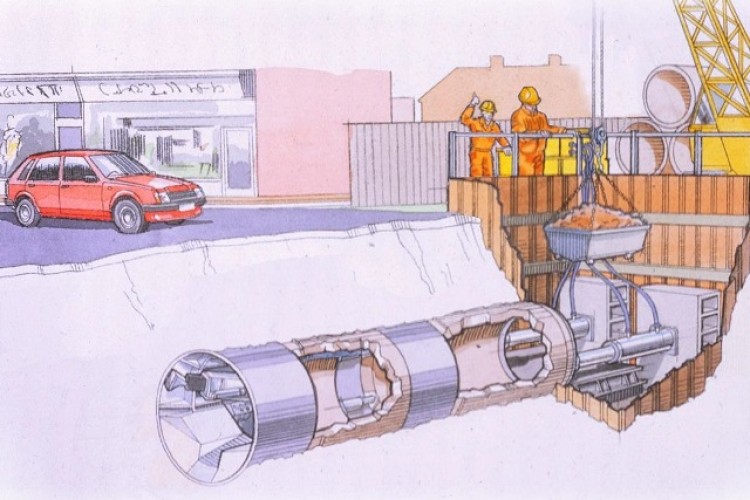The research was carried out by the Transport Research Laboratory (TRL) for the Pipe Jacking Association, which has aso developed a web-based tool (www.pipejackingco2calculator.com) that compares trenching with non-disruptive methods.
The Pipe Jacking Association represents the major contractors and suppliers in the pipejacking and microtunnelling industry.
The 75% saving in carbon emissions (more than 370 tonnes) was achieved by comparing the installation of 500m of 600mm pipeline, 6m deep, using non-disruptive techniques and using open-cut construction. Additionally, the construction period for the trenchless installation was projected to be less than half that of the open-cut construction. At shallower depths carbon savings are typically in the range of 50 to 60%.
The carbon dioxide emissions calculator has been verified by WRc (formerly the Water Research Centre).
TRL project manager Matthew Wayman commented: “The findings should encourage water and other utilities to consider pipejacking and other non-disruptive trenchless techniques when appraising new utility installations.”
Data for the calculator has been drawn from a number of sources, including the University of Bath’s Inventory of Carbon and Energy for construction materials, the Concrete Pipeline Systems Association, and outputs from the Department for Transport’s QUADRO program (Queues and Delays at Roadworks) developed by TRL.
Got a story? Email news@theconstructionindex.co.uk



